To celebrate Diversity Awareness Month this year, we decided to craft a paper doll which you can customize and dress up with different costumes from all over the world. Of course the list is not finished and we have missed many beautiful cultures, but we have to start somewhere and we hope you enjoy dressing your dolls as much as we did.
Today we'll focus on the traditional dress of people from Korea.
Hanbok
The traditional Korean costume, or hanbok, has been an integral part of Korean lives for centuries.
The word hanbok ( 한복 ), as it is known in South Korea, or Chosŏn-ot , in North Korea, literally means Korean clothing.
It consists of two main pieces: on the upper body, both men and women wear a jacket called jeogiri ( 저고리 ). For the bottom, women wear a long, flowing skirt called chima ( 치마 ), while men use wide, roomy pants called baji ( 바지 ), and wear an overcoat called durumagi ( 두루마기 ).
The origins of the hanbok can be traced back to the Goguryeo Dynasty, one of the Three Ancient Kingdoms of Korea, in the ancient part of what is now known as North Korea and Manchuria between the 1st century BC and the 7th century AD.
With the passage of time the basic construction of the hanbok has remained the same, but the design and structure have seen variations by their epoch, beauty standards of the time, or current shifts in culture. During the Joseon Dynasty (1392 – 1897) social distinctions were evident just by looking at their hanbok styles. For example, while commoners were strictly limited to using only cotton and white and earthy colours for their garments, nobility were able to use silk and other expensive fabrics for their clothes, as well as all the vibrant colours of the rainbow.
Once the Korean Peninsula was open to Western culture in the 19th century, the durumagi, worn strictly by the upperclass men till then, became the norm for all, and in 1895 the sangtu ( 상투 ), a topknot hairstyle for men, was abolished and people started to get shorter haircuts.
This period also brought some empowerment to women, which lead to a simplification of the female hanbok. In particular, the jeogori became waist length and the chima became wider to make it easier to move with.
Nowadays, people in Korea still use the hanbok for formal occasions such as weddings and festivals, and it has also been re-popularized in modern fashion, appearing in K-dramas and being used by many celebrities. Perhaps this is because the hanbok radiates a natural physical beauty with its attractive silhouette and lines along with its bright vibrant colours.
Download, print and colour in your own paper dolls wearing Tehuantepec costumes using the templates below!
More about Korea
If you want to know more about Korea you can look at these books:
For kids
For adults
Find books on Korean life and customs
For kids: Books about traditional dress in different cultures
Try some of these books to explore the diverse world of clothing.
More books for kids about clothing and dress
Mayra Montalvo
Linwood Library


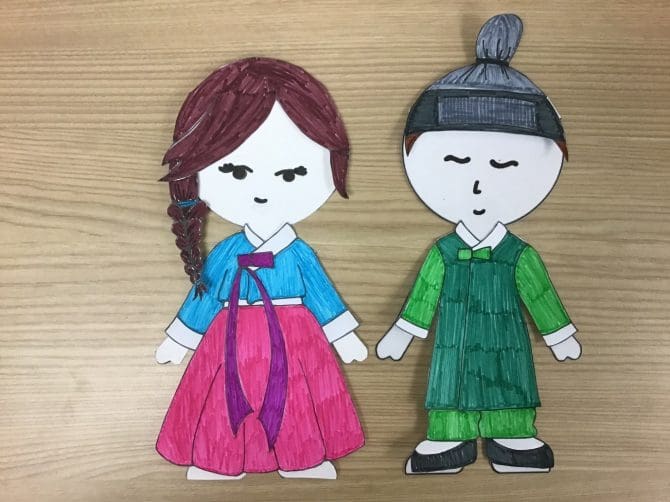
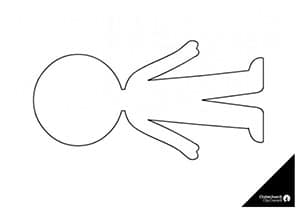
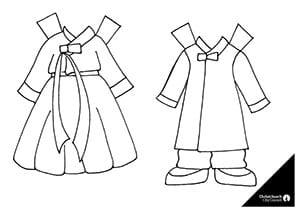
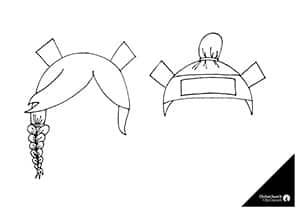
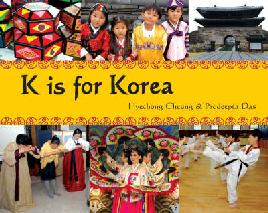
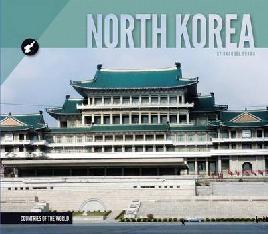
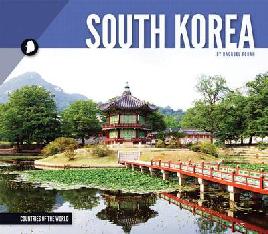
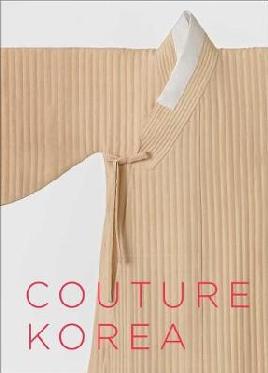
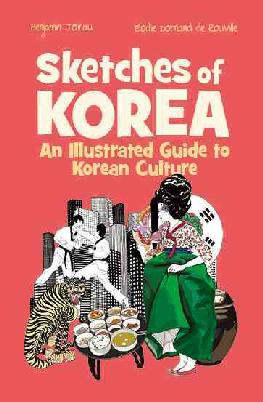
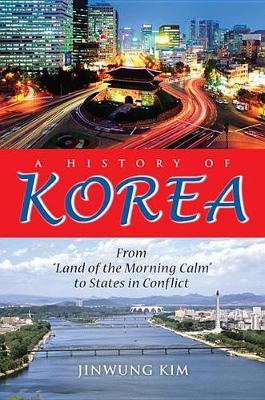
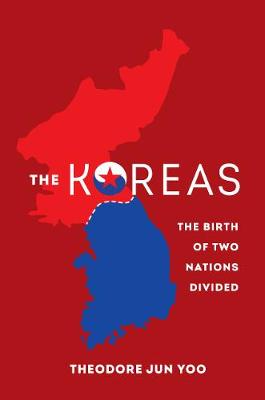
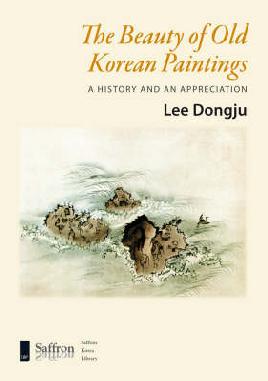

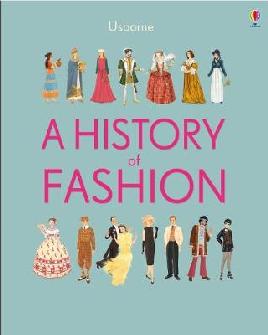
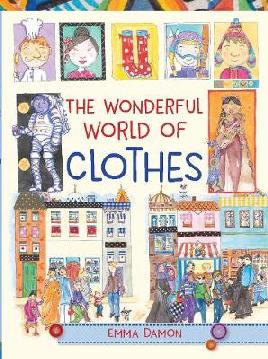
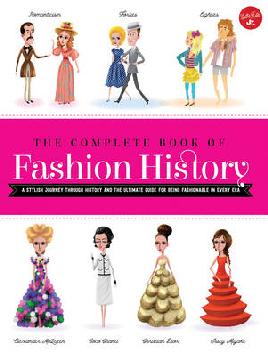
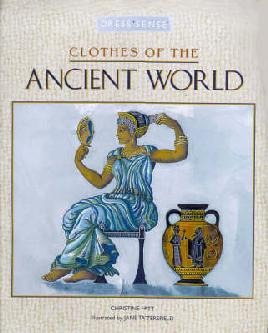

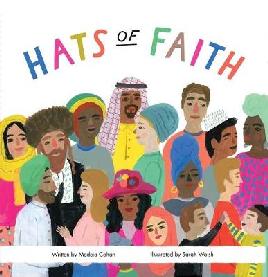
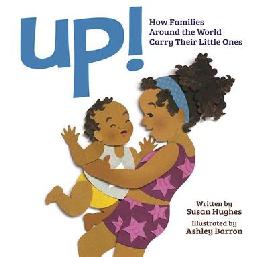

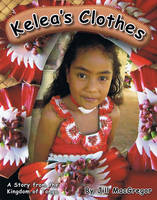

Add a comment to: Diversity Awareness Month paper doll craft: Korea